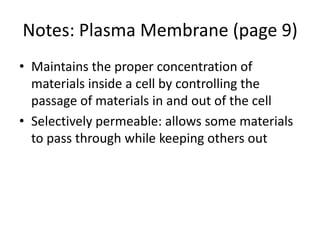Here is a draft help wanted ad for phospholipids in the plasma membrane:
Wanted: Phospholipids for plasma membrane
Job description: Form a protective bi-layer around the cell to regulate what comes in and out. Use hydrophilic heads and hydrophobic tails to create a selective barrier.
Traits: Must have both hydrophilic and hydrophobic regions. Hydrophilic head to interact with water-based solutions outside and inside the cell. Hydrophobic tail to interact with other phospholipid tails in the membrane interior.
Location: Embedded in the plasma membrane surrounding the cell, with heads facing the intracellular and extracellular environments.





















